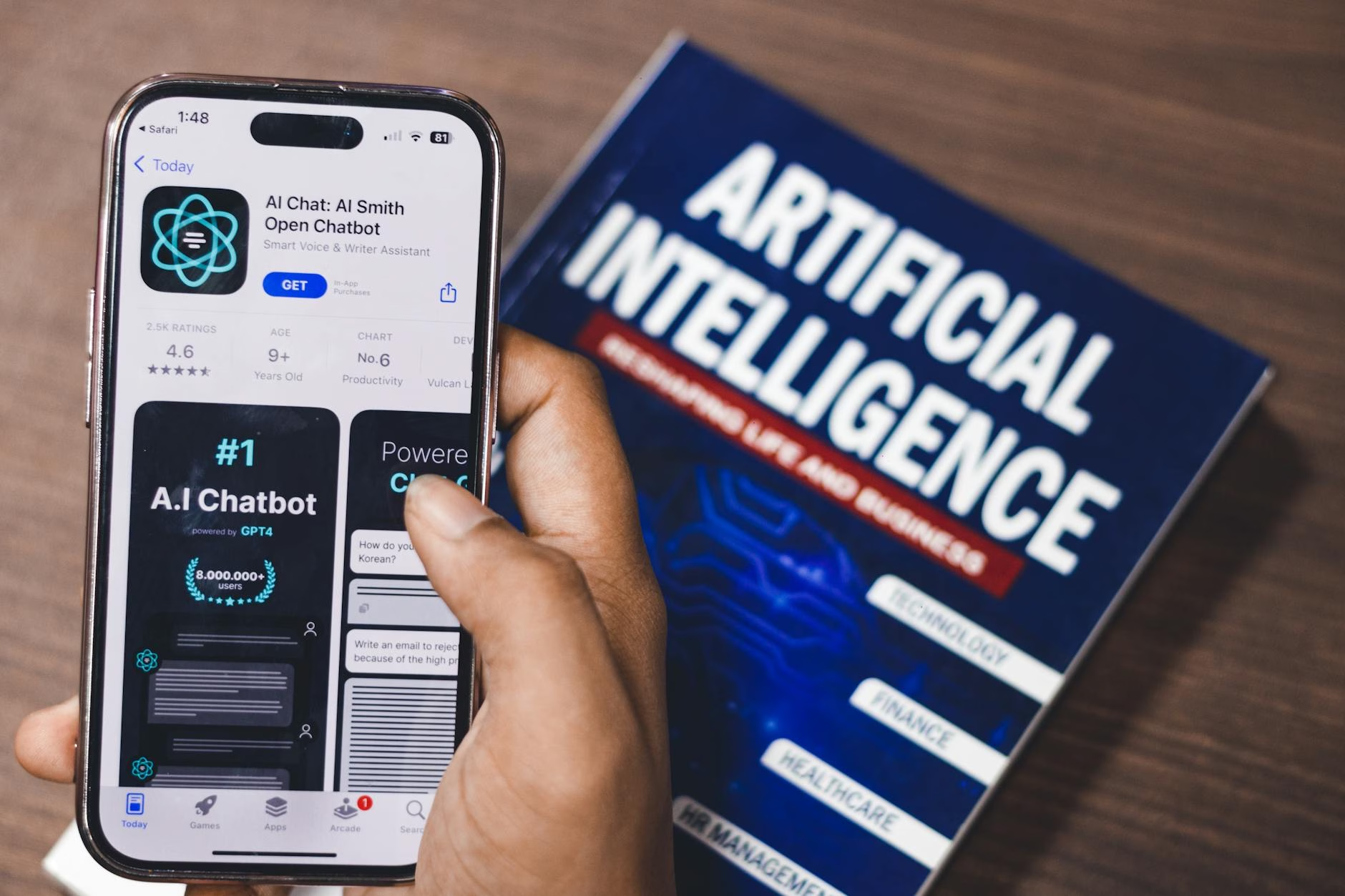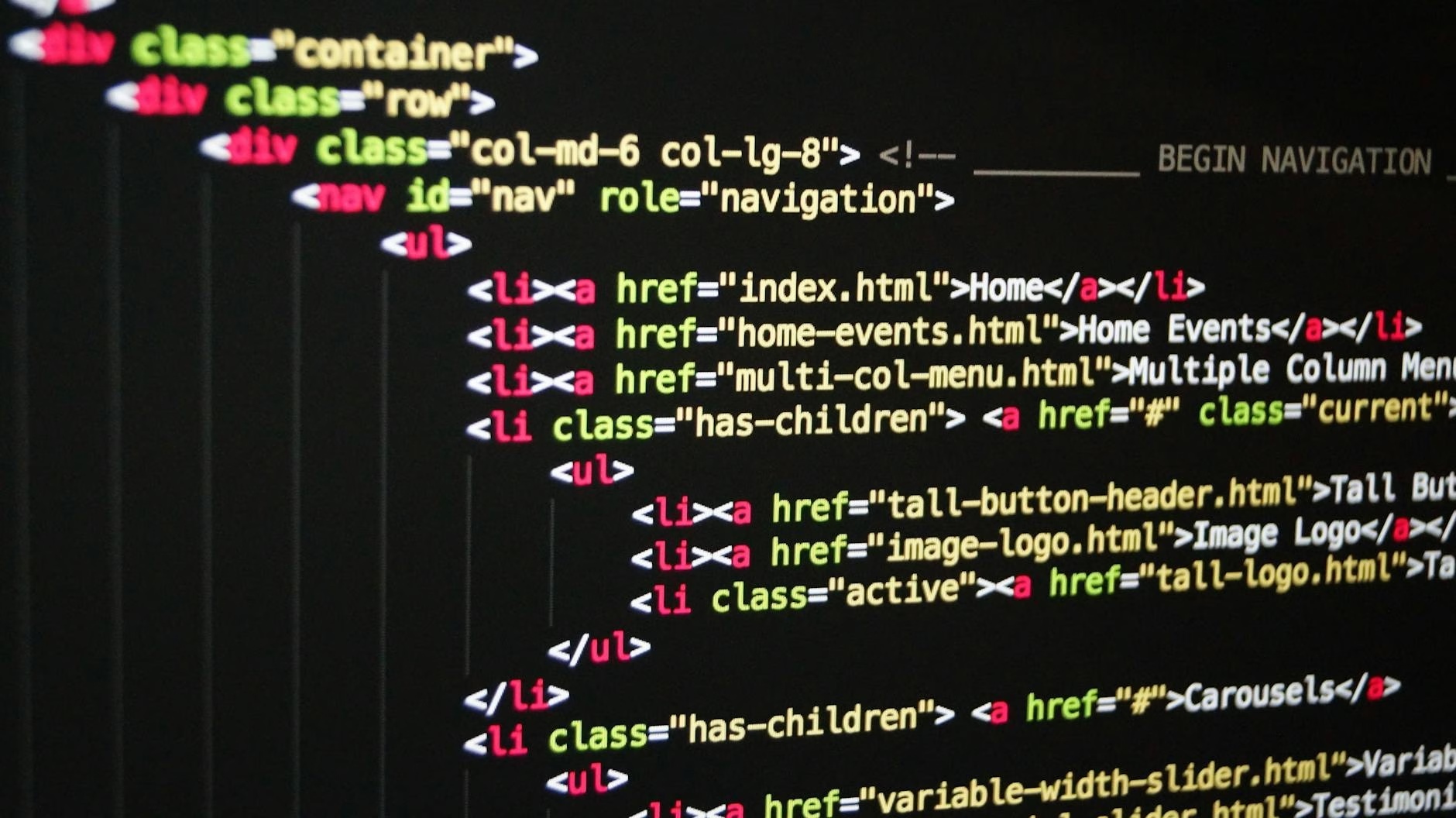AI and the Future of Work: How ML Applications Are Reshaping Job Markets

Discuss the implications of AI and ML on employment, highlighting both challenges and opportunities for workers
AI and the Future of Work: How ML Applications Are Reshaping Job Markets
Introduction to AI and Machine Learning
As the digital landscape continually evolves, the integration of Artificial Intelligence (AI) and Machine Learning (ML) technologies into various sectors transforms how we work and interact with one another. AI broadly describes computer systems designed to mimic human activity, enabling tasks that traditionally required human intelligence, such as decision-making, language understanding, and visual perception. Meanwhile, Machine Learning, a subset of AI, refers to algorithms that allow systems to learn from and predict outcomes based on data sets. The evolution of AI technologies, particularly in recent years, indicates significant strides toward automation and smart decision-making, which significantly impact job markets. McKinsey estimates that up to 70 million jobs may be affected by the rise of AI technologies in the coming decade, poised to reshape the workforce landscape dramatically.
Defining AI and Machine Learning
The terms AI and Machine Learning often appear interchangeably, yet they describe different concepts within the realm of technology. AI refers to machines programmed to perform tasks that typically require human capabilities, such as problem-solving and reasoning. In contrast, Machine Learning focuses on giving machines the ability to learn from data and improve their performance autonomously. The two work in tandem, with AI employing various ML algorithms to enhance capabilities, thus enabling businesses to optimize processes and reduce redundancies. Industries are witnessing transformations where machine learning applications are utilized for customer service, marketing, human resources, and supply chain management, improving efficiency and overall productivity.
The Evolution of AI Technologies
The rapid pace at which AI technologies are evolving is evident in the advancements made in Natural Language Processing (NLP), computer vision, and robotics. NLP allows machines to understand and process human language, enabling applications such as chatbots and virtual assistants that provide personalized customer service. Computer vision aids in object recognition, automation in manufacturing processes, and the creation of autonomous vehicles. Furthermore, recent developments in deep learning and neural networks have tremendously improved the accuracy of machine responses, propelling AI applications across diverse sectors. According to a 2023 report by the World Economic Forum, the integration of AI technologies is projected to generate 97 million new jobs while displacing 85 million roles in the coming years, highlighting the need for institutions to adapt to these changes actively.
The Economic Impact of AI on Job Markets
AI’s penetration into job markets introduces both challenges and opportunities for workers and organizations. As companies capitalize on machine learning applications, they are compelled to rethink employment structures, skill requirements, and overall workforce management.
Job Creation vs. Job Displacement
The narrative surrounding AI often presents a dichotomy of job creation versus job displacement, wherein automation leads to the eradication of certain roles in favor of emerging positions. While job displacement remains a concerning outcome, it is essential to recognize that AI also generates new job categories that did not exist previously. Positions like AI ethics compliance officers, machine learning specialists, and data analysts are among the newest creations within the modern workforce. By 2025, it is estimated that the demand for workers skilled in AI will outpace the supply of qualified individuals, thereby creating a significant skills gap. Organizations need to proactively address these disparities through investment in AI training programs and reskilling workers to mitigate the adverse effects of job losses while simultaneously fostering opportunities in AI-driven job sectors.
Understanding AI Job Displacement
To comprehend the impact of AI on job displacement, it is vital to consider industries most at risk. Routine and repetitive tasks, which constitute a large portion of jobs in manufacturing, logistics, and clerical work, are particularly susceptible to automation. Research indicates that tasks involving physical labor and data collection are being rapidly replaced by robots and sophisticated software programs efficiently performing these functions. Despite the challenges posed to traditional employment models, it is crucial to understand that roles demanding cognitive abilities, creativity, and emotional intelligence are less likely to be drastically affected by advancements in AI technology. For instance, positions in healthcare, arts, and complex problem-solving will likely evolve rather than disappear, emphasizing the need for individuals to adapt to changes rather than resisting them.
Identifying New Opportunities in AI
To thrive in an AI-driven job market, individuals must be prepared to identify and pursue new opportunities arising from technological advancements. Sectors such as cybersecurity, data analysis, and AI systems management are witnessing increased job openings as businesses adjust to digital transformations. Moreover, by investing in AI training programs, employees can equip themselves with the necessary skills to excel in emerging roles. Institutions and private sector organizations must work collaboratively to create educational frameworks that enhance workforce readiness, ensuring that workers possess relevant knowledge and capabilities. By doing so, stakeholders can cultivate a new generation of talent prepared to navigate the complexities of the future job landscape.
The Role of AI in Economic Growth
AI’s elevation as a key driver of economic growth reflects its capability to enhance employee productivity, streamline operations, and facilitate innovation. By automating routine processes, businesses experience substantial cost savings and heightened efficiency, paving the way for reinvestment in research, development, and workforce expansion. Moreover, as industries continue adapting to AI technologies, job satisfaction and employee engagement levels are expected to improve when workers can focus on strategically important tasks that leverage creativity and analytical thinking.
AI in the Workplace: Transforming Employee Roles
The evolution of AI technologies significantly transforms the dynamics of workplaces, affecting employee roles while heralding new methodologies for collaboration and productivity enhancement.
Enhancing Employee Productivity through AI
AI contributes to enhancing employee productivity through intelligent tools that automate repetitive tasks, allowing workers to concentrate their efforts on higher-value activities. For example, virtual assistants can manage scheduling tasks, respond to emails, and facilitate smooth project management workflows. As a result, employees are liberated from mundane tasks and are empowered to engage in creative problem-solving and strategic initiatives. Research published by PwC in 2023 indicates that organizations employing AI-driven technologies witness a 20% increase in productivity, demonstrating the valuable returns from embracing AI systems within the workplace.
Adapting to AI Technologies
The incorporation of AI technologies necessitates a cultural shift within organizations as employees must learn to adapt to rapid advancements in tools and procedures. Companies are encouraged to foster a culture of continuous learning and development, offering training programs that enhance employees’ skill sets in using AI applications. The transition can be challenging, particularly for those accustomed to traditional working methods; however, proactive strategies can help ease the shift. By promoting a mindset open to experimentation and embracing technology adoption, organizations create environments in which AI enhances collaboration and amplifies innovative capabilities among employees.

Integrating Machine Learning Applications
To maximize the benefits of AI in the workplace, businesses must effectively integrate machine learning applications tailored to their unique operational needs. For example, HR departments may leverage ML for talent acquisition by analyzing candidate performance data and optimizing recruitment processes. By implementing predictive analytics, companies can identify promising candidates and reduce hiring biases. Furthermore, ML applications in customer engagement allow organizations to deliver more personalized experiences, enhancing customer satisfaction and retention rates.
Challenges of AI Integration in Work
While AI integration offers numerous advantages, organizations often face challenges during implementation. One primary concern involves ensuring data privacy and security, as businesses must safeguard sensitive information collected through AI systems. Additionally, employees may exhibit resistance to adopting new technologies due to concerns over job security or a perceived lack of control over their work processes. To address these challenges, organizations should prioritize transparent internal communication, emphasizing the enhanced augmentative role AI plays rather than framing it merely as a means of replacing human involvement.
Reskilling Workers for an AI-Driven Future
As AI reshapes the job landscape, it is imperative for individuals and organizations to embrace reskilling and upskilling initiatives that align with the technological advancements driving the future of work.
The Importance of AI Training Programs
AI training programs are crucial for enhancing employees’ knowledge and abilities related to AI technologies. These initiatives encourage ongoing workforce development while closing the skills gap. By offering courses in areas such as data analytics, machine learning algorithms, and AI ethics, organizations empower their workforce to operate confidently within an AI-driven context. Additionally, training programs foster a culture of innovation by equipping employees with the tools they need to identify unique solutions to evolving challenges, thus driving continuous improvement within their roles.

Strategies for Retraining for the Future
Organizations can implement various strategies for successful retraining and development programs. Collaborating with educational institutions to create specialized training modules and partnering with AI technology providers can provide essential resources for upskilling initiatives. Furthermore, promoting knowledge-sharing practices within organizations, including mentorship programs and collaborative projects, facilitates the exchange of ideas and insights among employees. By adopting a proactive approach to retraining ways of working, organizations ensure team cohesion and resiliency in the face of transformational shifts.
Challenges and Opportunities in the Age of AI
Navigating the challenges and opportunities presented by AI is essential for stakeholders looking to harness its full potential. Recognizing how to adapt practices means acknowledging both the risks and rewards associated with these advancements.
Addressing Concerns of Job Displacement
The fear of job displacement caused by AI is widespread among workers, emphasizing the importance of transparent discussions around its impact. Organizations must address these concerns openly, ensuring that employees comprehend AI’s role as a complementary force to human capabilities rather than a pure replacement. By facilitating open conversations and providing clarity on the evolving job landscape, organizations can alleviate anxieties and prepare the workforce for future challenges while embracing newfound opportunities.

Embracing Opportunities in AI
Organizations that embrace AI should engage in innovative practices that leverage technology, thereby establishing themselves as industry leaders. For example, incorporating AI into customer relationship management systems can yield valuable insights into consumer preferences, driving more personalized marketing strategies. Moreover, companies should foster environments that promote experimentation with AI and be willing to explore new business models that emerge from technological disruptions. By remaining adaptive and forward-thinking, organizations can capitalize on the transformative potential of AI and secure their positions as market leaders.
Conclusion: Preparing for the Future of Work
The integration of AI technologies signals the need for organizations and workers to adapt proactively, ensuring they harness the opportunities stemming from this digital revolution.
The Path Forward in AI and Employment
As businesses evolve alongside AI technology, the workforce must cultivate a mindset geared towards continual learning and adaptability. Organizations should invest in training and reskilling workers while encouraging open dialogue about the implications of AI on jobs. This preparedness facilitates a smoother transition into the future of work, where both automation and human skills coalesce to achieve unprecedented outcomes.
By proactively preparing for the evolving role of AI in the workplace, stakeholders will be well-positioned to embrace the advancements that come with these changes while driving sustainable growth across various sectors.
FAQs
Q1: What industries will experience the greatest impact from AI?
A: Industries experiencing the greatest impact from AI include manufacturing, healthcare, finance, and logistics, as automation and machine learning enhance efficiencies and operational processes.
Q2: How can workers prepare for job displacement caused by AI?
A: Workers can prepare by upskilling through training programs that focus on AI-related competencies, as well as developing soft skills like creativity, critical thinking, and emotional intelligence.
Q3: Are there specific AI training programs available?
A: Yes, many universities and online platforms offer AI training programs focusing on data science, machine learning, and AI ethics, including courses on platforms like Coursera, edX, and Udacity.
Q4: How does AI affect employee productivity?
A: AI enhances employee productivity by automating repetitive tasks, enabling workers to focus on higher-value activities that require strategic thinking and creativity.
Q5: What are the long-term job prospects in an AI-driven economy?
A: The long-term job prospects in an AI-driven economy suggest a marked increase in tech and data-oriented roles, as well as positions requiring complex problem-solving skills, thus offering opportunities for those willing to adapt.
Start your journey today! Contact us to learn more about our services.
Discover more from Tamfis Nigeria Lmited
Subscribe to get the latest posts sent to your email.



 Hot Deals
Hot Deals Shopfinish
Shopfinish Shop
Shop Appliances
Appliances Babies & Kids
Babies & Kids Best Selling
Best Selling Books
Books Consumer Electronics
Consumer Electronics Furniture
Furniture Home & Kitchen
Home & Kitchen Jewelry
Jewelry Luxury & Beauty
Luxury & Beauty Shoes
Shoes Training & Certifications
Training & Certifications Wears & Clothings
Wears & Clothings




